What is a TBI
‘A traumatic brain injury (TBI) as a disruption in the normal function of the brain that can be caused by a bump, blow, or jolt to the head, or penetrating head injury.’
Center of Disease Control & Prevention
Any external force that may cause damage to the brain by affecting normal brain functioning is referred to as a TBI. They may be caused by something as nonchalant as a friendly football tackle, or something as severe as a penetrating head injury; where an object/projectile goes through the skull and hits the brain. The severity of a TBI may vary from mild, moderate, to severe depending on the nature 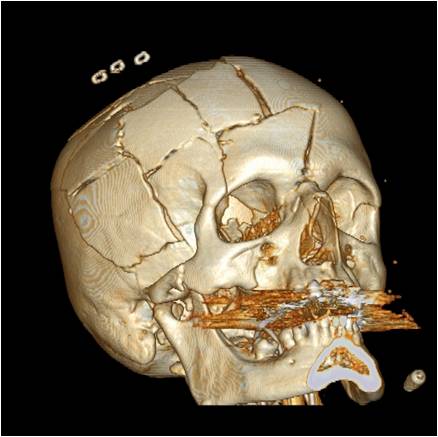
of the impact.
A common misconception is that a TBI may be caused by an internal dysfunction like a stroke or tumor without any external physical force. It is also possible for someone to suffer a TBI without losing consciousness.
TBI’s may cause a variety of physical and/or psychological symptoms. More severe causes may also result in coma, sometimes even death.
Brain Anatomy
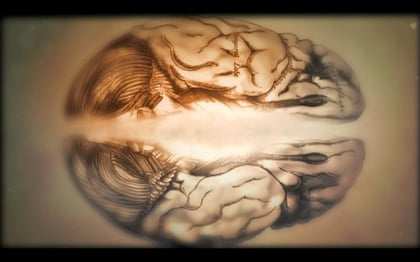
To fully understand what happens to an injured brain, it is important to know the basic anatomy and function of a healthy brain. The brain is safely enclosed inside the protective covering of the skull. A brain is made of nerve cells (neurons) that form routing pathways that run throughout the brain and body. The function of these pathways or tracts is to deliver messages like breathing; regulating body temperature, heart rate, metabolic activities, and controlling behavior, personality, thoughts, and the five senses of smell, touch, vision, taste and hearing. The brain is made up of six parts.
- Frontal lobes
- Temporal lobes
- Parietal lobes
- Occipital lobes
- Brain stem
- Cerebellum
Frontal Lobes
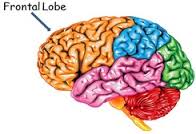 This part of the brain is responsible for behavioral output (social and cognitive behaviors), as well as body movement. Some of the many behaviors and functions of the human brain include: inhibition; behavior initiation and self-regulation; abstract reasoning; attention and working memory; executive functioning (multitasking, organizing, etc.); and movement (muscles involved in speech, facial expressions, etc.).This brain region is often affected by TBI from motor vehicle accidents, especially injuries caused by rapid acceleration-deceleration type events.
This part of the brain is responsible for behavioral output (social and cognitive behaviors), as well as body movement. Some of the many behaviors and functions of the human brain include: inhibition; behavior initiation and self-regulation; abstract reasoning; attention and working memory; executive functioning (multitasking, organizing, etc.); and movement (muscles involved in speech, facial expressions, etc.).This brain region is often affected by TBI from motor vehicle accidents, especially injuries caused by rapid acceleration-deceleration type events.
Temporal Lobes
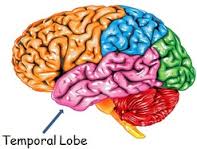 This region of the brain is comprised of the primary auditory cortex and areas of the brain involved in the comprehension and production of spoken language (speech center of the brain). They are also responsible for memory development and learning. The temporal lobes are associated with several behaviors and functions of the human brain that include processing of auditory input; comprehension of spoken language; language production (choosing the appropriate words and fluency of spoken speech); and verbal and visual memory.
This region of the brain is comprised of the primary auditory cortex and areas of the brain involved in the comprehension and production of spoken language (speech center of the brain). They are also responsible for memory development and learning. The temporal lobes are associated with several behaviors and functions of the human brain that include processing of auditory input; comprehension of spoken language; language production (choosing the appropriate words and fluency of spoken speech); and verbal and visual memory.
Parietal lobes
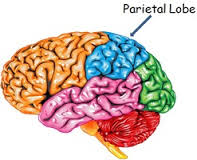
The parietal lobes are responsible for complex behaviors, including all behavior involving the senses. They are also involved in body positioning and movement; sensory perception; sensory neglect; language comprehension; constructional ability; right-left differentiation; self-awareness; and the ability to perform mathematical calculation.
Occipital Lobes
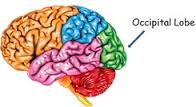 This region includes the primary visual cortex and the visual association areas of the brain. Injury to the occipital lobes may lead to vision impairments such as blindness or blind spots; visual distortions and visual inattention. The occipital lobes are also associated with various behaviors and functions that include: visual recognition; visual attention; and spatial analysis.
This region includes the primary visual cortex and the visual association areas of the brain. Injury to the occipital lobes may lead to vision impairments such as blindness or blind spots; visual distortions and visual inattention. The occipital lobes are also associated with various behaviors and functions that include: visual recognition; visual attention; and spatial analysis.
Brain stem
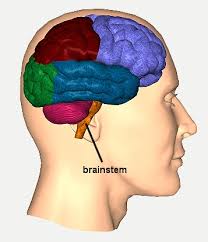
The brain stem is located at the very base of the human brain and assists in a many of the body’s most important functions. A few of its vital functions is to assist in breathing; heart rate; swallowing; controlling blood pressure, digestion, temperature; regulating an individual’s level of alertness, ability to sleep, and sense of balance.
Cerebellum
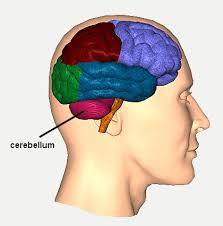
The cerebellum is located directly above the brain stem. It is responsible for controlling the coordination of voluntary movement; balance and equilibrium. It also controls and develops memory for fine reflex motor acts.
Common causes of Brain Injuries
TBI’s can be broadly classified into ‘Penetrating injuries’ and 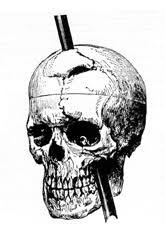
‘Non-penetrating injuries’. Penetrating or open head injuries as the name suggests occur when an external physical force results in penetration of the skull damaging the brain tissue. Non-penetrating or closed head injuries are traumatic events that leave the skull intact, but result in brain tissue damage nonetheless.
The following are some of the common causes of TBI:
- Blow to the head
- Falls
- Rapid acceleration-deceleration (though no direct impact is required, a restrained driver/passenger coming to a sudden halt causes the brain inside the skull to move and hit the skull wall with such force resulting in brain tissue damage)
- Motor vehicle accident
- Sports
- Assault
- Projectile to the head (bullet)
- Head impact with other objects (hammer, etc)
- Concussive forces (explosion shock waves)
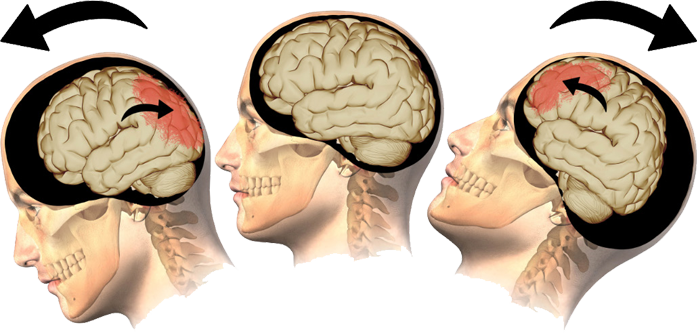
Rapid Acceleration-Deceleration Injury
Falls are by far one of the most common causes of TBI with highest risk of injury at both ends of the age spectrum. Any force to the head may result in TBI. If you suspect that you have suffered from any form of TBI, please seek help from a medical professional immediately.
Signs and Symptoms of TBI
In TBI, the signs may be subtle and not appear immediately.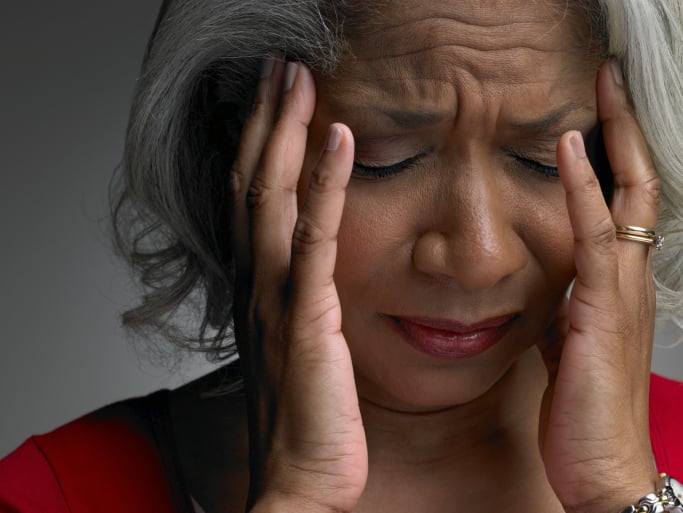 Symptoms can last for days, weeks and sometimes even longer. It’s important to know that experiences of signs and symptoms may vary from person to person. No individual should resume vigorous physical activity after any type of brain injury, without evaluation and approval of a health care professional trained in evaluating and managing TBIs.
Symptoms can last for days, weeks and sometimes even longer. It’s important to know that experiences of signs and symptoms may vary from person to person. No individual should resume vigorous physical activity after any type of brain injury, without evaluation and approval of a health care professional trained in evaluating and managing TBIs.
Common symptoms after a TBI may include headache, dizziness, confusion and memory loss.
Some early signs and symptoms may include:
- Headache or a sensation of pressure in the head
- Nausea or vomiting
- Altered level of consciousness
- Slurred speech
- Delayed response to questions
- Blurred vision (dilated or uneven pupils are a sign of severe TBI)
- Confusion
- Dizziness
- Tinnitus (ringing in the ears)
- Memory loss
- Fatigue
Some delayed signs and symptoms may include:
- Continued or persistent memory loss
- Trouble in concentration
- Irritability
- Personality changes
- Sensitivity to light and noise
- Disorders of taste and smell
- Sleep problems
- Mood swings, stress, anxiety or depression
